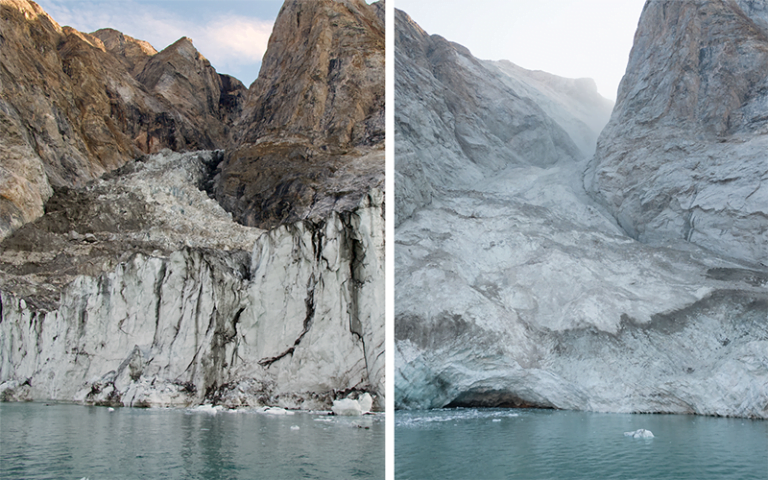A climate change-induced landslide in Greenland caused a mega-tsunami which vibrated the Earth for nine days last year, according to a new study involving UCL researchers.
At first, what had happened was a mystery to scientists.
Indeed, the event resulted in a global seismic signal that was detected by seismometers all over the globe, from the Arctic to Antarctica. It contained a single vibration frequency, like a monotonous-sounding hum, which scientists say was completely different to the frequency-rich rumbles from earthquake recordings.
“When I first saw the seismic signal, I was completely baffled,” said Co-author Dr Stephen Hicks of UCL Earth Sciences.
“Even though we know seismometers can record a variety of sources happening on Earth’s surface, never before has such a long-lasting, globally travelling seismic wave, containing only a single frequency of oscillation, been recorded. This inspired me to co-lead a large team of scientists to figure out the puzzle.”
To uncover what had happened, researchers joined forces in a multidisciplinary group involving 68 scientists from 40 institutions in 15 countries, combining seismometer and infrasound data, field measurements, on-the-ground and satellite imagery, and simulations of tsunami waves.
Together, the team found that the event was caused by the collapse of a 1.2km-high mountain peak into the remote Dickson Fjord beneath. This happened as a result of the glacier at the foot of the mountain thinning and becoming unable to hold up the rock face above it.
According to researchers, an estimated 25 million cubic metres of rock and ice crashed into the fjord—enough to fill 10,000 Olympic-sized swimming pools, which caused a backsplash of water 200 metres in the air, with a wave up to 110 metres high.
The landslide and mega-tsunami—one of the largest seen in recent history—were the first to be observed in eastern Greenland.
It is also the first time that water sloshing has been recorded as vibrations “through the Earth’s crust, travelling the world over and lasting several days,” said Dr Hicks.
Dr Hicks noted that the event highlights the intricate interconnections between climate change in the atmosphere, destabilisation of glacier ice in the cryosphere, movements of water bodies in the hydrosphere, and Earth’s solid crust in the lithosphere.
The study concluded that as climate change rapidly accelerates, it will become more important than ever to characterise and monitor regions that were previously considered stable and provide early warning of these massive landslide and tsunami events.



